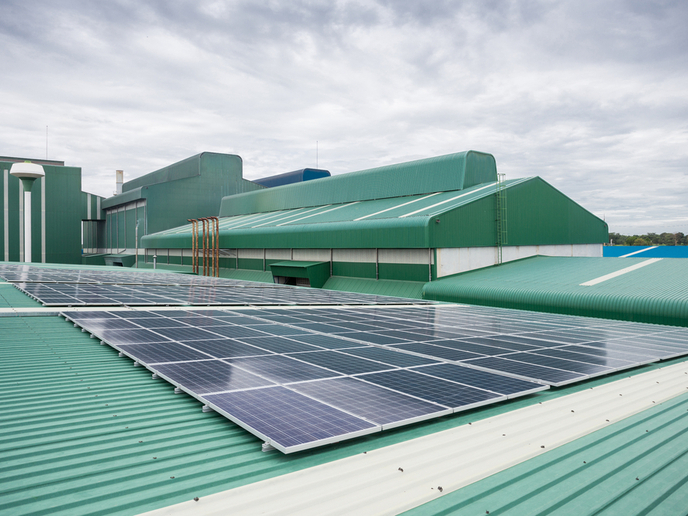Innovative coatings to combat biofouling
Fouling of ship hulls can reduce a vessel's speed, requiring a large increase in fuel consumption to counter the added drag. Increasing the hull roughness only by 50 μm can raise fuel expenditure by 50 %. The International Maritime Organization (IMO) estimated that carbon dioxide emissions associated with fuel consumption from shipping could increase more than twice by 2030. Within FOUL-X-SPEL(opens in new window) (Environmentally friendly antifouling technology to optimise the energy efficiency of ships), researchers investigated environmentally friendly coatings for ship hulls to prevent biofouling organisms from interfering with a ship's hydrodynamic performance. Previous biofouling solutions included use of toxic biocides that beyond killing organisms trying to attach to the hull also posed a threat to the wider aquatic ecosystem. Hitherto solutions based on biocide-free formulations proved to be inefficient in preventing aquatic attachment. FOUL-X-SPEL research yielded significant progress in the development of two powerful, non-toxic protective coatings. The first one was a polyurethane-based paint containing two immobilised biocides (Econea and Irgarol), and the second one a silicone-based formulation containing immobilised Econea. Researchers provided novel antifouling coating technology by fixing bioactive molecules (biocides) in the coating matrix to eliminate biocide discharge into the surrounding environment and also ensure long-term surface protection. The new coatings present very low friction with water and keep the vessel free from fouling for up to 90 months. In addition, they minimise the surface roughness and improve hull hydrodynamic properties. By reducing microorganism build-up, the newly developed coatings can substantially improve ship performance and fuel efficiency, while dramatically cutting hull maintenance costs. Furthermore, they can reduce the transport of invasive species via ship hulls.







